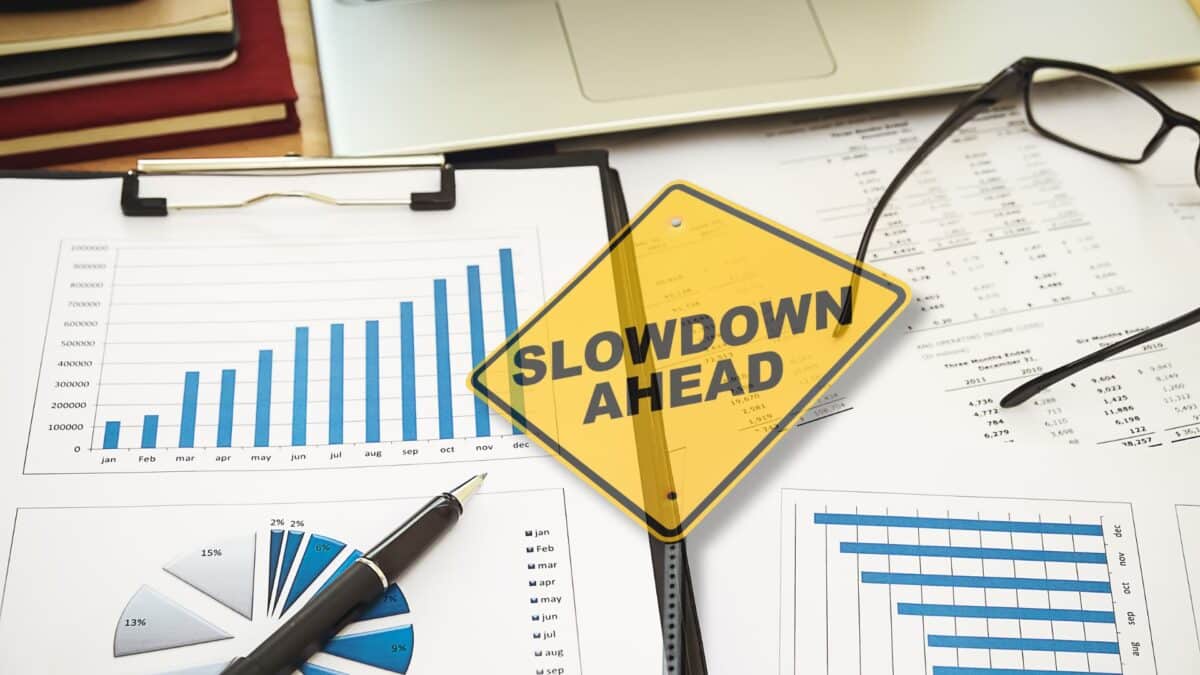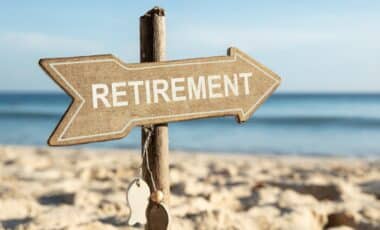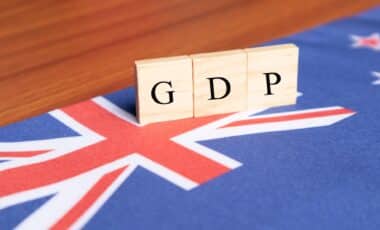Australia is facing a potential economic downturn, with the latest data revealing sluggish growth for the first quarter of 2025. According to the Australian Bureau of Statistics (ABS), the nation’s GDP grew by just 0.2% in the first three months of the year. Over the past year, economic activity has only risen by 1.3%. While these numbers might appear to be a typical quarterly fluctuation, they hide a deeper issue: Australia’s economy is failing to keep pace with its population growth, putting the country at risk of falling into a per capita recession.
The concept of a “per capita recession” arises when economic growth lags behind the growing population, meaning that on average, Australians are not seeing the benefits of overall economic activity. This troubling trend is compounded by the fact that per capita output has dropped by 0.4% over the past year. In a country where growth has traditionally outpaced population increases, this is a worrying sign that Australia’s economic engine is sputtering.
The Key Drivers Behinds the Slowdown
Several factors have contributed to Australia’s sluggish economic performance in the first quarter of 2025. One major disruptor was Cyclone Alfred, which caused significant damage to southeast Queensland and northern New South Wales. The cyclone’s aftermath disrupted economic activity, but experts argue that the repair work and insurance payouts in the coming months could contribute positively to GDP, offsetting some of the immediate losses.
Another contributing factor to the slowdown has been the public sector’s lack of growth. Government spending remained stagnant during the period, with a decline in investment from major infrastructure projects. As some of these projects were either completed or put on hold, there was less economic activity generated by the public sector. This might seem concerning, but it has created space for private sector activity to take over, which could spur future growth.
Incomes Are Growing, but Spending Is Stagnant
While Australia’s economy is not growing as quickly as its population, income growth continues to be a bright spot. Business profits, wages, and rents have all risen, surpassing inflation rates. These income gains are a positive indicator that Australians are earning more, but the question remains: where is this extra income going?
The answer appears to be into savings. After a steep decline in the household savings rate in 2023, which dropped to just 1.5% in September—the lowest level since 2007—there has been a rebound. By March 2025, the savings rate had risen to 5.2%, nearly returning to pre-COVID levels. While this increase in savings is a positive sign for financial stability, it also suggests that households are not yet confident enough to spend. This stagnation in consumption is one of the main factors contributing to the broader economic slowdown.
For nine of the last 11 quarters GDP per capita has fallen in Australia.
— Craig Kelly (@craigkellyAFEE) June 4, 2025
This is the worst economic performance in Australia’s history.
We have bumbling clowns dictating policy in Canberra that are sending us backwards.
And yet, somehow they were re-elected with a massive… pic.twitter.com/gbYPnwt6qI
The Role of the Reserve Bank of Australia
The rising savings rate and weak household consumption point to a pressing need for economic stimulus. Economists are increasingly calling for the Reserve Bank of Australia (RBA) to lower interest rates further to encourage spending and investment. The RBA has already cut rates in the past, but many financial analysts believe that more cuts are needed to prevent the economy from slipping into a deeper recession.
According to the minutes from the RBA’s May meeting, the central bank had considered a more significant interest rate cut, but ultimately decided on a smaller reduction. However, with GDP growth falling short of expectations, markets are now pricing in a greater than 80% chance that the RBA will cut rates again in July. Economists believe this could be a critical move in supporting the private sector and stimulating consumer demand.
Global Economic Pressures and the Road Ahead
The global economic outlook is another factor weighing on Australia’s growth prospects. The Organisation for Economic Co-operation and Development (OECD) recently downgraded its global growth forecast for 2025 from 3.1% to 2.9%, citing uncertainty around international trade and economic policies. These external pressures could further dampen Australia’s export sector, which has been a key driver of growth in recent years.
Domestically, Australia’s productivity has stagnated over the past two quarters, remaining more than 5% below its peak. Additionally, the effects of high inflation and falling real wages are still being felt by many Australians. While the government is focused on boosting the private sector through reforms, economists argue that the RBA must also act decisively to support households and businesses.









